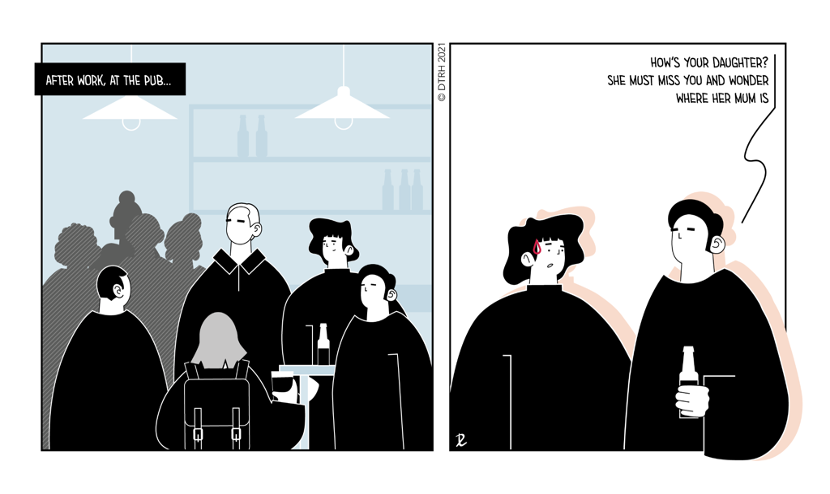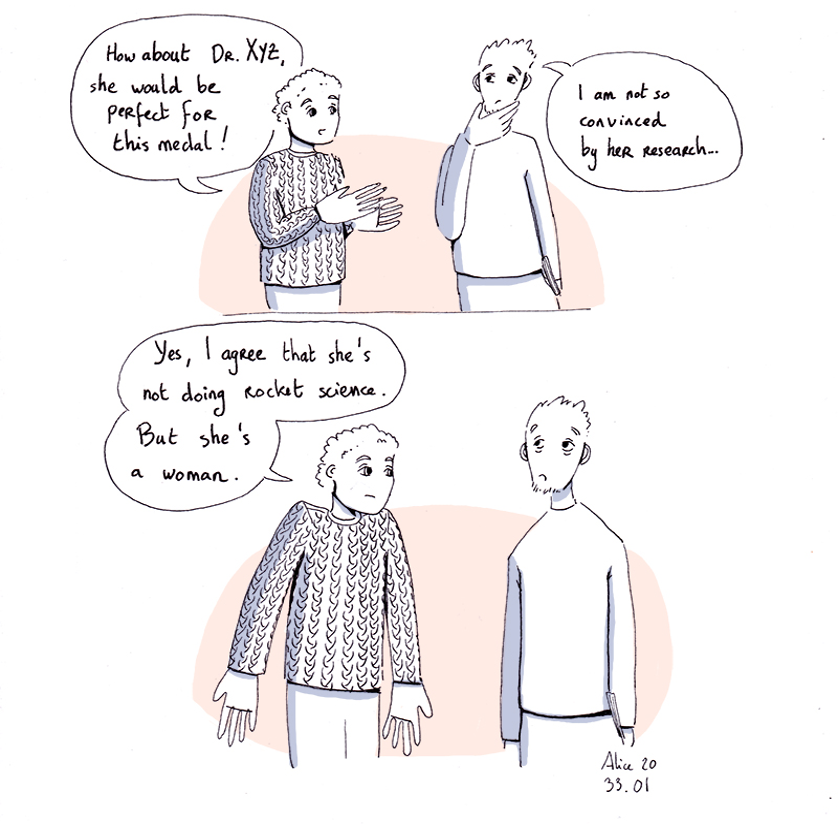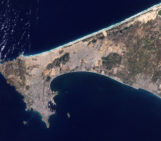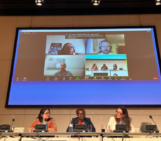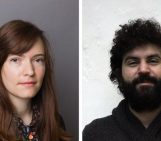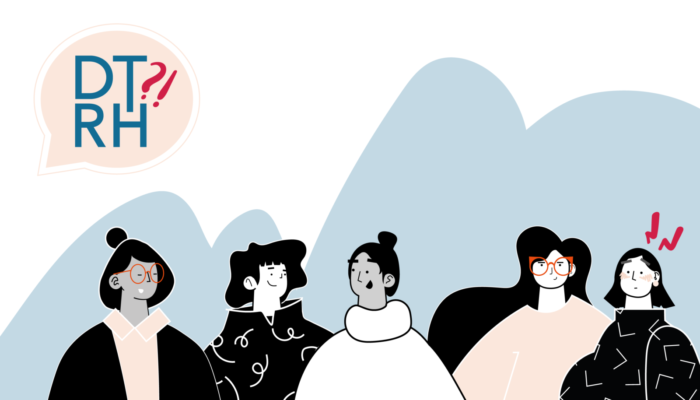
1953: Marie Tharp created a map that showed the seafloor was spreading via the Mid-Atlantic Ridge and therefore proved the theory of plate tectonics, only for it to be dismissed as “”girl talk” by her (male) supervisors.
1968: A few years after winning the Nobel Prize (without crediting her work), James Watson wrote about Rosalind Franklin saying “By choice she did not emphasize her feminine qualities… she was not unattractive and might have been quite stunning had she taken even a mild interest in clothes.”
2015: Biochemist and Nobel laureate Tim Hunt at the World Conference of Science Journalists in Seoul, South Korea said “Let me tell you about my trouble with girls … three things happen when they are in the lab … You fall in love with them, they fall in love with you and when you criticise them, they cry.”
2021: At the drinks reception at a conference, researchers engage in casual conversation. “How’s your daughter?” – someone asks. “She must miss you and wonder where her mum is”.
Did that REALLY happen?!
These are just a few examples of sexism in science, which show that, despite advances to improve gender equality and diversity, it still remains a widespread issue. It can be blatant or subtle, by a close colleague or a random stranger. Either way, later on you often find yourself asking “Did this really happen?!”.
Through comics based on real testimonies, the “Did this really happen?!” project shares stories of events that did actually happen, but that should not have a place in a professional environment (or in any environment, for that matter). It aims to highlight the extent of sexism in everyday life, through not pointing fingers at people or showing the right way to act, but by encouraging discussions between coworkers, and hopefully to make people think how, as a group, we can do better.
How did we get here?
Started in 2016, the DTRH project grew out of the experiences of a group of largely female scientists who found themselves in a male-dominated environment. In 2018 they decided to cast a wider net by collecting accounts of sexism in science from anonymous contributors around the world. The project’s illustrator, Alice Adenis, then turned many of these into comics that you can find in the DTRH archives.
In 2020, we reflected on our journey and the testimonies received to date, by publishing a paper about it (Bocher et al. 2020, https://doi.org/10.5194/adgeo-53-15-2020). We found that around half of our testimonies came from PhD students and Early Career Researchers, whilst the other half came from senior scientists. Several repeating themes emerged, including…
- confining males to stereotypical roles (in 41% of testimonies),
- questioning female competencies (in 61% of testimonies),
- treating women as objects (in 70% of testimonies),
Although the project was gaining followers quickly and succeeding in raising awareness on everyday sexism, sexist biases, aggressions and microaggressions in academic environments, in 2020 some members of the team started to change career paths. It was a time to evolve.
After a short hiatus during which some team members left, and new ones joined, DTRH was re-launched in 2021 with Lucia Perez-Diaz as its new illustrator. The project’s goal remains the same: to continue disseminating comic strips illustrating the widespread sexist attitudes that sadly continue to dominate the lives of women in science today. The team today is formed by seven Early Career scientists, and you can learn more about them here.
Where do we go from here?
We think that most people have good intentions, and do not like injustice. We think that most researchers want to work in an environment which is inclusive of all people. We think we can change our working environment and improve it by discussing these issues openly with colleagues, sharing our different points of view and experiences.
We will continue fighting everyday sexism in the geoscience community, one comic strip at a time, for as long as we need to – and we would love your help!
- Read the comics, and share our website with friends and colleagues
- Follow us and amplify our project on Twitter and Instagram by sharing our content.
- Print out some comics and put them in the common room of your lab to start discussions,
- Share your personal stories with us, anonymously or not, through this form.
‘Did This Really Happen?!’ will be at EGU22!
Did This Really Happen?! will also be at EGU22 in Vienna! Whether you are planning to attend in person, virtually or support from a distance, you can get involved with our work. We will be there to promote our comics and the stories behind them, while encouraging our community to talk about the issues our comics address (and yes, we will have lots of freebies to give away!). Follow us on social media for updates on our plans for EGU22 over the next few months.

